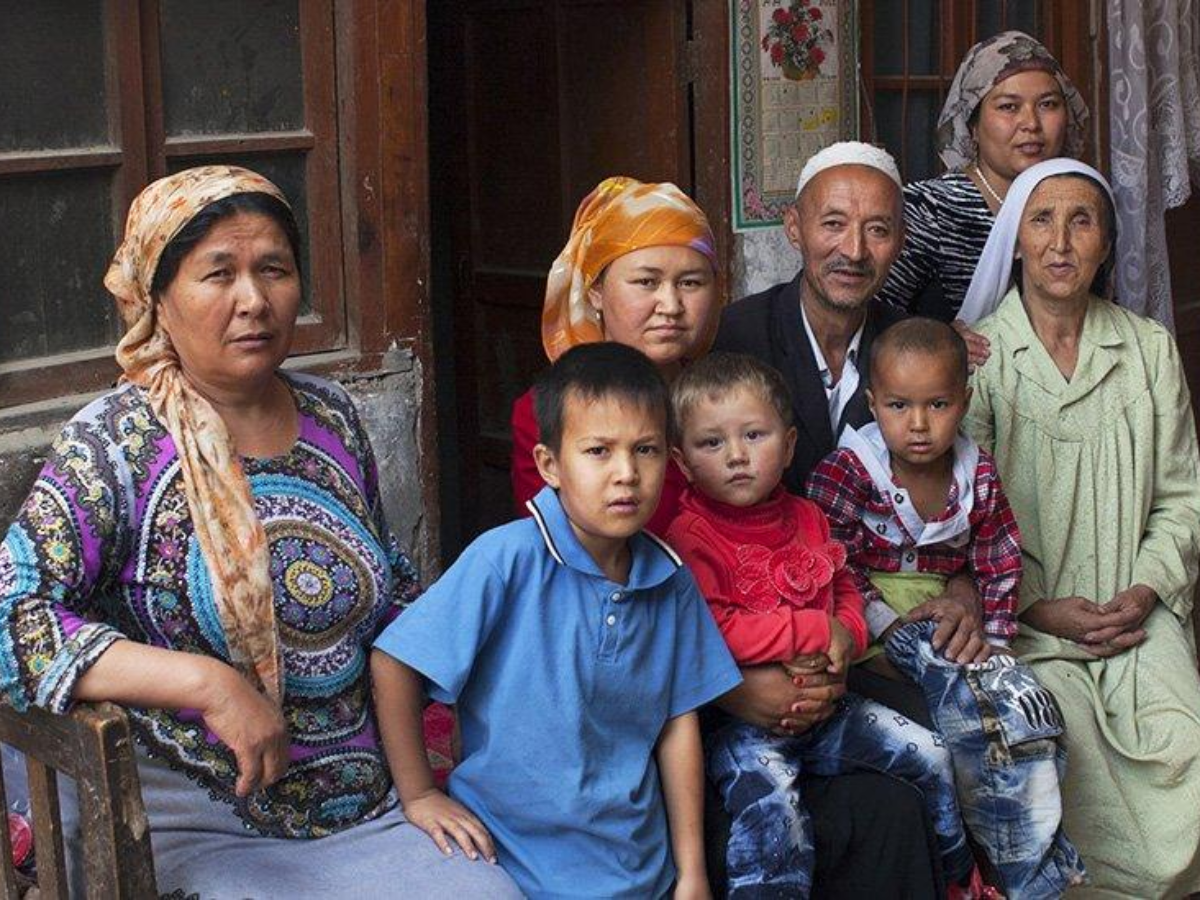An in-depth exploration of how Xinjiang’s cultural landscape is being reshaped through redevelopment, restrictions on expression, and the quiet erosion of Uyghur heritage across communities, traditions, and public life. (Image Credit: BBC)
An in-depth exploration of how Xinjiang’s cultural landscape is being reshaped through redevelopment, restrictions on expression, and the quiet erosion of Uyghur heritage across communities, traditions, and public life.
By: Aritra Banerjee
November 20, 2025, The Sunday Guardian
In the old quarters of Kashgar, narrow lanes once carried the sound of traders calling across markets, families gathering in courtyards and craftsmen shaping wood, leather and clay. Today, much of that landscape has changed. Modern façades, wide streets and state-led redevelopment projects have replaced many of the structures that reflected centuries of Uyghur history. What appears at first as urban modernisation is, on closer examination, part of a broader pattern: the quiet, methodical erasure of a people’s cultural inheritance.
The transformation of Xinjiang is not abrupt. It unfolds street by street, classroom by classroom, gathering by gathering. Uyghur culture, long rooted in language, religious tradition and architecture, is being reshaped by policies that promote uniformity and limit the space for autonomous cultural expression. This process is less visible than detention centres or security checkpoints, yet its impact may be more enduring.
A Landscape Rebuilt Without its Memory
Across Xinjiang, places that once served as centres of community life — mosques, shrines, historic alleys and neighbourhood squares — have been altered, relocated or removed. Some have been modernised with new façades that reflect national design standards. Others have been demolished entirely under redevelopment or “safety improvement” initiatives.
The changes are not merely aesthetic. Traditional courtyard homes, which encouraged communal living, have been replaced with apartment blocks. Neighbourhood mosques that once formed the centre of social and religious life have lost distinctive architectural features or have been repurposed. In some towns, cemeteries have been relocated to make way for construction.
Each alteration removes a layer of cultural memory, leaving behind spaces that look new but feel disconnected from the people who inhabit them. For many Uyghur families, the physical transformation of their surroundings represents a broader loss — a quiet erosion of continuity.
A Culture Restricted Before It Can Be Expressed
Cultural erasure is not limited to architecture. Language and artistic expression have become increasingly constrained. Schools prioritise Mandarin, and the use of Uyghur in classrooms has declined sharply. Community-led language classes, poetry readings and music gatherings require formal approval, which is rarely granted.
Writers, academics and performers who once shaped Uyghur cultural life have been detained, silenced or removed from public roles. Their absence narrows the opportunities for younger generations to learn local history, literature or music. Without mentors, cultural transmission weakens.
Even everyday practices are affected. Families avoid passing on certain traditions out of concern they may be misinterpreted as signals of religious or cultural deviation. What remains is a version of culture filtered through what is permitted, not what is lived.
Religious Life Under Administrative Regulation
Religion, once intertwined with Uyghur identity, has been absorbed into state-administered structures. Mosques operate under strict supervision. Religious education outside state approval is prohibited. Community-led gatherings are discouraged. Some holidays and rituals continue, but in forms that must align with official guidelines.
These measures do not eliminate religious belief, but they move it out of the public sphere into private life, where it exists in quieter, constrained forms. Over time, public religious expression becomes rare, and the communal dimension of faith fades.
Families Bear the Emotional Cost of Absence
For many Uyghurs, cultural erasure is not only structural; it is personal. The disappearance of poets, scholars and community leaders leaves gaps that families cannot fill. Children grow up without access to the literature and oral traditions that shaped their parents’ generation. Parents hesitate to teach customs that were once routine.
This creates a sense of dislocation — a feeling that something essential is missing but difficult to name. In communities where daily life is monitored and choices require caution, even remembering becomes complicated.
A Future Without Its Past
The changes in Xinjiang reveal a strategy aimed not at short-term control but at long-term transformation. By reshaping landscape, language, art and community structures, the state alters how identity is learned, expressed and remembered. The physical environment no longer reflects the history of its inhabitants. Cultural practices adapt to administrative expectations. Stories that once defined a people become harder to pass down.
Erasure can happen slowly, without visible confrontation. It does not always require the destruction of monuments. It can occur through new buildings, new rules, new routines — and silence. In Xinjiang, the quiet reshaping of cultural life raises a difficult question: what remains of a people when their past is steadily removed from their present?
The answer may depend not only on what is lost, but on how much survives in the memories of families who continue, quietly, to hold on to fragments of what once defined them.
(Aritra Banerjee is a columnist specialising in Defence, Strategic Affairs, and Indo-Pacific geopolitics. He is the co-author of The Indian Navy @75: Reminiscing the Voyage. Having spent his formative years in the United States before returning to India, he brings a global outlook and first-hand insight to his reporting from foreign assignments and internal security environments such as Kashmir. He holds a Master’s in International Relations, Security & Strategy from O.P. Jindal Global University, a Bachelor’s in Mass Media from the University of Mumbai, and Professional Education in Strategic Communications from King’s College London (King’s Institute for Applied Security Studies).

